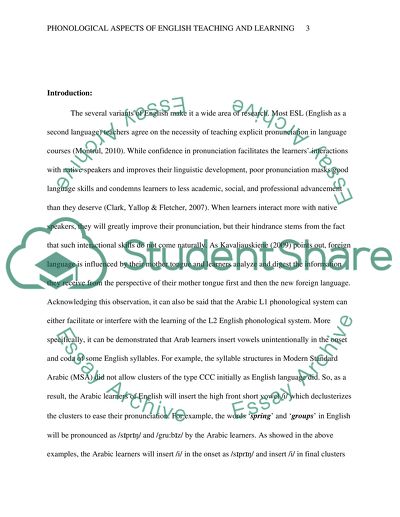Cite this document
(“Phonological Aspects of English Teaching and Learning #2 Research Paper”, n.d.)
Phonological Aspects of English Teaching and Learning #2 Research Paper. Retrieved from https://studentshare.org/humanitarian/1687691-phonological-aspects-of-english-teaching-and-learning-2
Phonological Aspects of English Teaching and Learning #2 Research Paper. Retrieved from https://studentshare.org/humanitarian/1687691-phonological-aspects-of-english-teaching-and-learning-2
(Phonological Aspects of English Teaching and Learning #2 Research Paper)
Phonological Aspects of English Teaching and Learning #2 Research Paper. https://studentshare.org/humanitarian/1687691-phonological-aspects-of-english-teaching-and-learning-2.
Phonological Aspects of English Teaching and Learning #2 Research Paper. https://studentshare.org/humanitarian/1687691-phonological-aspects-of-english-teaching-and-learning-2.
“Phonological Aspects of English Teaching and Learning #2 Research Paper”, n.d. https://studentshare.org/humanitarian/1687691-phonological-aspects-of-english-teaching-and-learning-2.


